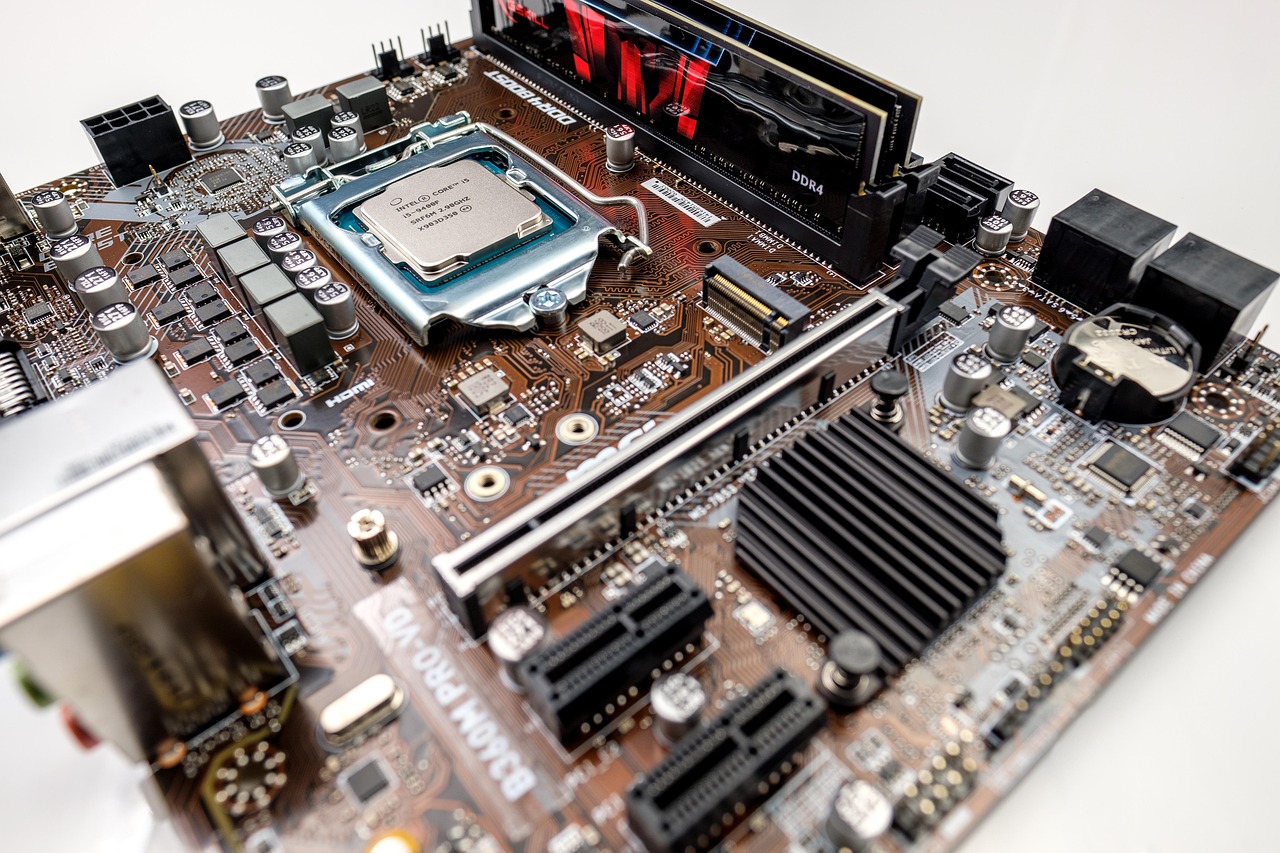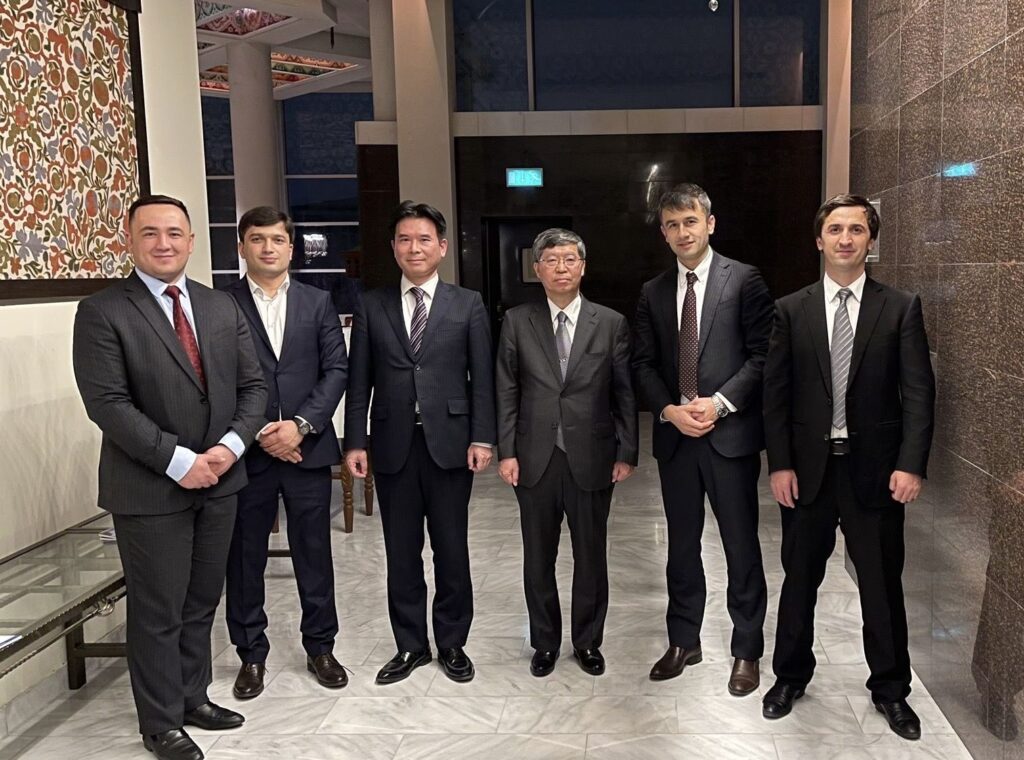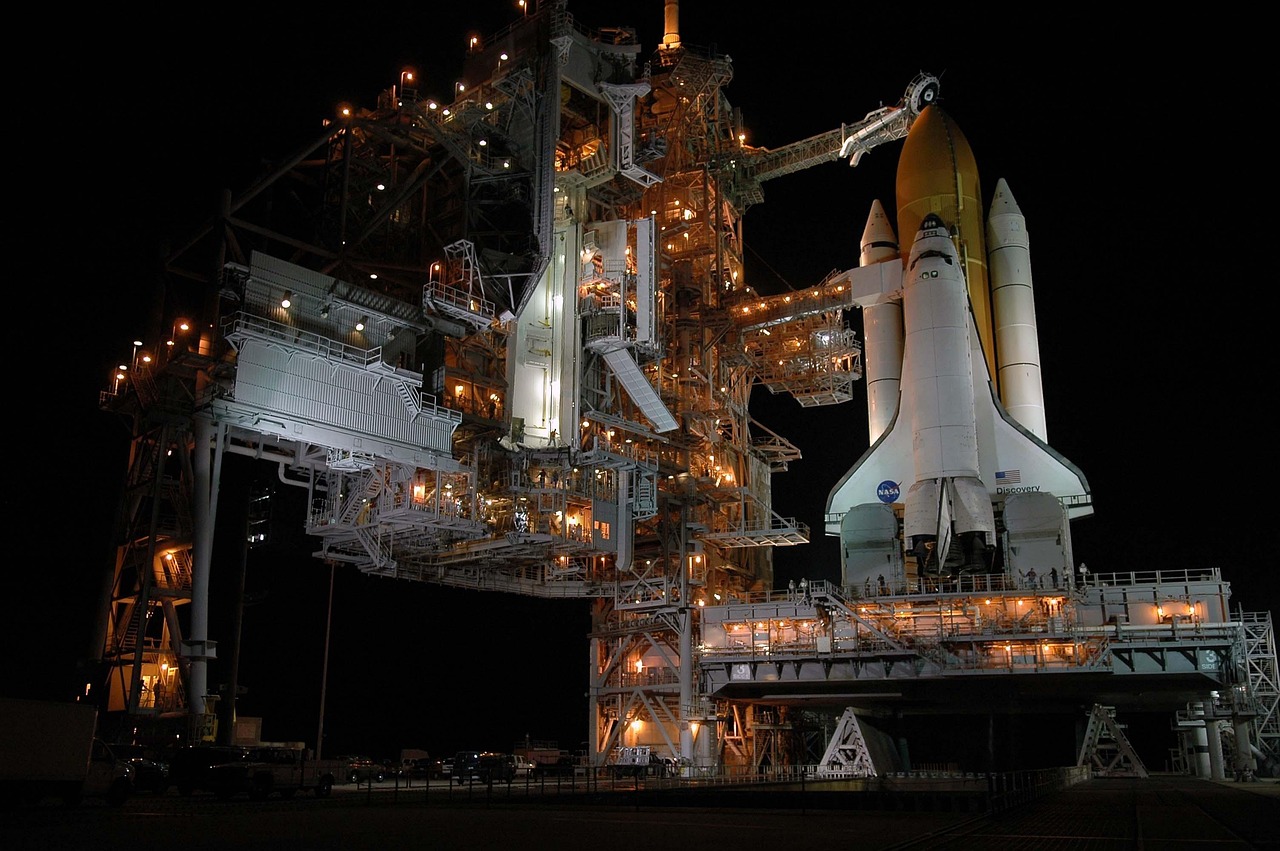
In today’s rapidly evolving business landscape, core modernization has become a critical focus for companies aiming to maintain competitive advantage and operational efficiency. Among the various facets of this modernization effort, the integration of loyalty and rewards engine support stands out as a pivotal element. This article delves into the necessity of incorporating loyalty and rewards systems into core business processes and explores how this integration can drive customer engagement and revenue growth.
Core modernization involves updating and transforming an organization’s foundational systems to meet current and future business demands. It typically encompasses a range of IT and operational upgrades, including cloud migration, data analytics enhancement, and the incorporation of advanced technologies. A significant aspect of this modernization is the support for loyalty and rewards engines, which are instrumental in fostering customer retention and building brand loyalty.
The global marketplace is increasingly competitive, with businesses vying for customer attention and loyalty. According to a 2022 study by Accenture, 91% of companies that have successfully modernized their core systems reported improved customer experiences, of which loyalty programs played a crucial role. As such, integrating a robust loyalty and rewards system within the core business infrastructure is no longer a luxury but a necessity.
Loyalty programs are designed to enhance customer satisfaction by offering incentives for repeat business. These programs typically include point-based systems, membership tiers, and exclusive offers, which are tailored to encourage customer retention. However, the effectiveness of these programs heavily depends on their seamless integration with the company’s core operations.
- Data Integration: Modern loyalty engines require comprehensive data integration to personalize customer interactions effectively. By leveraging big data and analytics, businesses can tailor rewards programs to individual customer preferences, enhancing satisfaction and loyalty.
- Real-Time Processing: The need for real-time data processing is paramount in the digital age. Modernized systems provide real-time insights into customer behavior, allowing companies to dynamically adjust their loyalty offerings and respond swiftly to market changes.
- Scalability and Flexibility: As businesses grow, their loyalty programs must scale accordingly. Core modernization ensures that loyalty engines can handle increased data volumes and adapt to new technologies, such as mobile platforms and AI-driven analytics.
Several global companies have successfully implemented modernized loyalty engines into their core systems, setting benchmarks in this domain. For instance, Starbucks has effectively integrated its rewards program into its mobile app, offering seamless transactions and personalized offers, while Amazon Prime’s membership model exemplifies how loyalty integration can drive customer retention and business growth.
However, integrating loyalty engines into core systems is not without its challenges. Companies must address potential data privacy concerns, ensure compliance with global regulations such as GDPR, and invest in cybersecurity measures to protect customer information. Furthermore, businesses must align their loyalty strategies with overall corporate objectives to avoid siloed operations and maximize the effectiveness of their loyalty programs.
In conclusion, the integration of loyalty and rewards engine support within core modernization efforts is a critical step for businesses seeking to enhance customer engagement and drive growth. As companies continue to navigate the complexities of digital transformation, those that successfully integrate these systems into their core operations will be better positioned to meet evolving customer expectations and capitalize on emerging market opportunities.
















